Test Separator Vessels
Test Separator Vessels
Test separator vessels are essential equipment in the oil and gas industry, serving a crucial role in the testing and analysis of wells and the separation of oil, gas, and water during the extraction process. These vessels allow operators to measure the flow rates of the various phases, providing valuable data for optimizing production and ensuring the efficient operation of wells. The design, functionality, and customization of test separator vessels are critical to their effectiveness in real-world applications.Overview of Test Separator VesselsTest separator vessels are engineered to perform under specific operational conditions, handling varying pressures and temperatures. Their design is typically based on the phase separation requirements�whether two-phase (oil and water, oil and gas, or gas and water) or three-phase (oil, water, and gas). The vessels work by exploiting differences in the density of the phases, allowing for gravitational separation. Gas rises to the top, oil settles in the middle, and water, being the densest, settles at the bottom.Key components of a test separator include:Inlet and Outlet Zones: For the controlled entry and exit of the production fluid.Gravity Separation Section: Where the bulk of the separation occurs.Mist Extractor or Gas Scrubber: Located at the gas outlet to remove any entrained liquid droplets from the gas.Weir or Bucket & Weir System: For the separation and measurement of oil and water in three-phase separators.The efficiency and design of a test separator are pivotal in achieving accurate measurements of oil, gas, and water phase rates, which are essential for reservoir management and operational optimization.
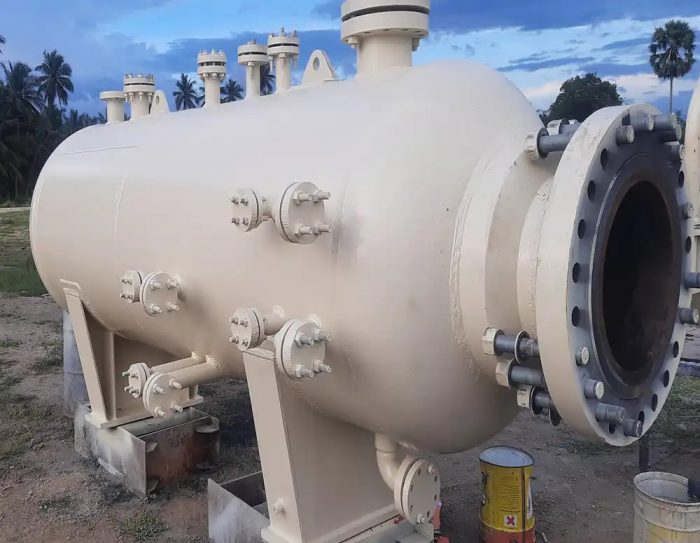
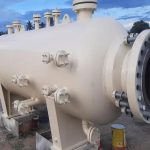
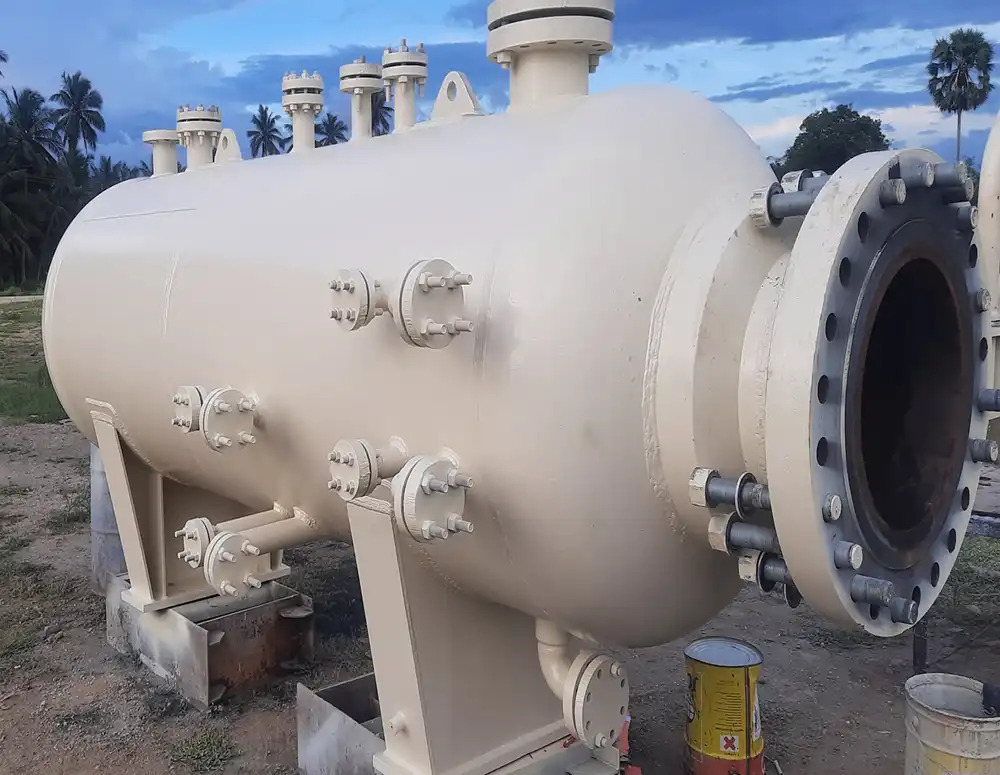
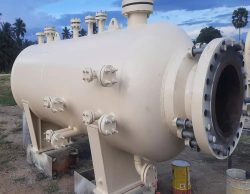
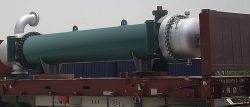

Heat Exchanger Manufacturer